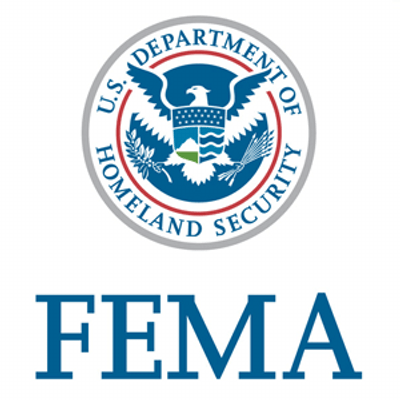
FRANKFORT, KY – You may have read recently that Kentucky was awarded more than $29.9 million in federal Hazard Mitigation Grant Program (HMGP) funds to acquire more than 170 flood prone properties. Sometimes the best way to avoid future flood damage is to rebuild outside of the floodplain. One of the ways this can be achieved is through property acquisitions for homeowners.
Investing in actions to reduce risks now can mean far less impact from floods or other storm hazards in the future. It can also improve property values, enhance public spaces and reduce National Flood Insurance Program policy premiums.
But what if you aren’t ready to move from your flood prone property? How can you protect your home and property from future disasters? Research from the National Institute of Building Sciences shows that for every $1 of federal funding invested in mitigation we save $6 in future disaster costs. That’s why it pays to prepare now for the future.
Some mitigation construction techniques require licensed building professionals for design and installation. Others can be implemented by do-it-yourself methods and don’t require permits. Homeowners are advised to check with their local building officials before undertaking any improvements.
-
-
- to Protect Against Future Flooding
-
Be sure to contact your local emergency manager and floodplain administrator to find out if your property is in the floodplain before making repairs and/or changes to improve your home’s ability to withstand a flood.
With new construction, it is important to have the structure properly elevated to or above Base Flood Elevation (BFE) and anchored with the proper load path fasteners to the foundation to prevent the home from being swept away.
- Raise major appliances like washers and dryers, and HVAC components at least one-foot above the 100-year flood level or what local regulations require.
- Raise Electrical systems (e.g., fuse and circuit breaker boxes, meters, switches, and outlets) including wiring, as required by local building codes. Short circuits in flooded systems pose a significant fire danger. Utility company requirements place limits on where electrical service equipment can be located, so before you act, check with the local utility company to learn the rules.
- Anchor fuel tanks – When floodwaters move an unanchored tank, the supply line may tear. Additionally, filling and ventilation tubes need to be above flood level so that water cannot get inside the tank. Anchor indoor and outdoor tanks with properly sized ground anchors. Be safe, consult local officials and building professionals about the best methods for anchoring fuel tanks.
- Install sewer backflow valves– Flooding can cause sewer lines to back up into houses through drainpipes. Backflow valves are designed to block drainpipes temporarily to prevent flow into the house. Have a licensed plumber or contractor install the valves.
- Buy Flood Insurance: Understanding your flood risk allows you to make decisions about protecting your family and property. Flood damage is not usually covered in homeowner insurance policies. The most common way to insure against flood damage to your home and contents is with a separate flood insurance policy. You can learn more about flood insurance coverage and costs at https://www.fema.gov/national-
flood-insurance-program.
More information about mitigation methods for homeowners is available in FEMA’s Homeowner’s Guide to Retrofitting available online at https://www.fema.gov/mitigatio
Under the federal disaster declaration for Eastern Kentucky, all areas within the Commonwealth are eligible for assistance under the Hazard Mitigation Grant Program (HMGP). HMGP funding helps communities eliminate or reduce future disaster-related damage. Because the Commonwealth has an enhanced mitigation status, FEMA provides 20% instead of the standard 15% of the total disaster dollars allocated for the disaster, which the Commonwealth will use to fund HMGP projects. Local and Commonwealth governments and certain non-profit organizations are eligible to be funded by these projects. Homeowners and businesses must apply for HMGP funds through their local government. The local officials submit applications to the Commonwealth; the Commonwealth reviews the applications and forwards them to FEMA for review and approval.
For the latest information on Kentucky flooding recovery, visit fema.gov/disaster/4663 and follow FEMA on Twitter at twitter.com/FEMARegion4. Visit the Governor’s website at governor.ky.gov/disaster-



